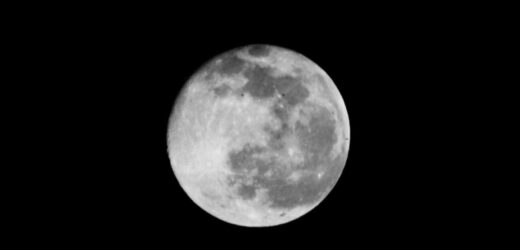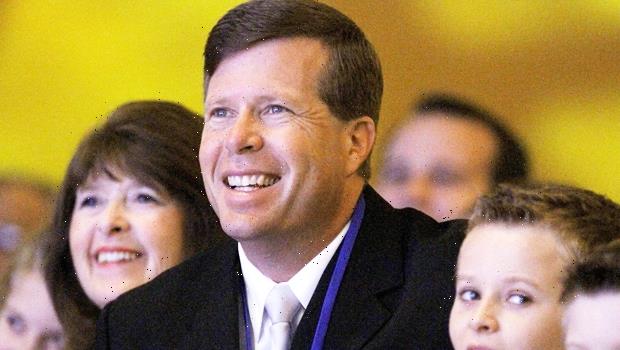DECEMBER'S full Moon marks the last of 2021 – and it's called the Cold Moon.
But what's the reason behind that mysterious name and when is the winter solstice? Here's what you need to know…
Why is December's full moon called the Cold Moon?
The next full Moon is on December 18/19, 2021.
It is known as the Cold Moon, and will appear fullest at 11.35pm New York time on December 18.
In the UK, you'll be able to see it best on the morning of December 19.
The name is simply derived from the fact that it's very cold at this time of year.
What is a full moon?
This spectacle occurs when the earth comes directly between the sun and the moon.
MOST READ IN NEWS
CHILLING CLUE I listen to clip of my sister's suspected killer's voice in case I meet him
Storm Corrie 'snow bomb' to see Britain BLASTED by blizzards BEFORE new year
Queen's Xmas party STILL happening as she doesn't want to spend it alone
Prince Andrew faces lawsuit as Epstein 'island' claims surface in Maxwell trial
It happens every 29 and a half days, and each month's full moon has a special name.This is because Native American tribes kept track of the months of the year by the lunar calendar.
When is the winter solstice 2021?
This year’s winter solstice, which is also known as midwinter, will occur on Tuesday, December 21.
Celebrations at Stonehenge will take place, with druids, pagans and revellers taking part in a ceremony to mark the shortest day of the year.
The world "solstice" comes from the Latin solstitium meaning "sun stands still" because the apparent movement of the sun's path north or south stops before changing direction.
It is the shortest day of the year, having the least amount of daylight, and will generate the longest night.
Across Europe it is known as Yule, from the Norse word Jul (or juul), meaning wheel.
In the northern hemisphere it is when the North Pole is pointing away from the sun.
After the winter solstice the amount of daylight hours in the UK will increase.
Full Moon dates 2021 – here's the full list
There are 12 full Moons to spot in 2021, each with its own unique name.
Here's the full list:
- January 28 – Wolf Moon
- February 27 – Snow Moon
- March 28 – Worm Moon
- April 27 – Pink Moon
- May 26 – Flower Moon
- June 24 – Strawberry Moon
- July 24 – Buck Moon
- August 22 – Sturgeon Moon
- September 21 – Corn Moon / Harvest Moon
- October 20 – Hunter's Moon
- November 19 – Beaver Moon
- December 19 – Cold Moon
Of these, there are two Supermoons, where the full Moon appears bigger and brighter than usual.
The two official Supermoons were on April 27 and May 26.
However, the full Moons in March and June were also classed as Supermoons by some – due to their immense apparent size in the sky.
Source: Read Full Article










